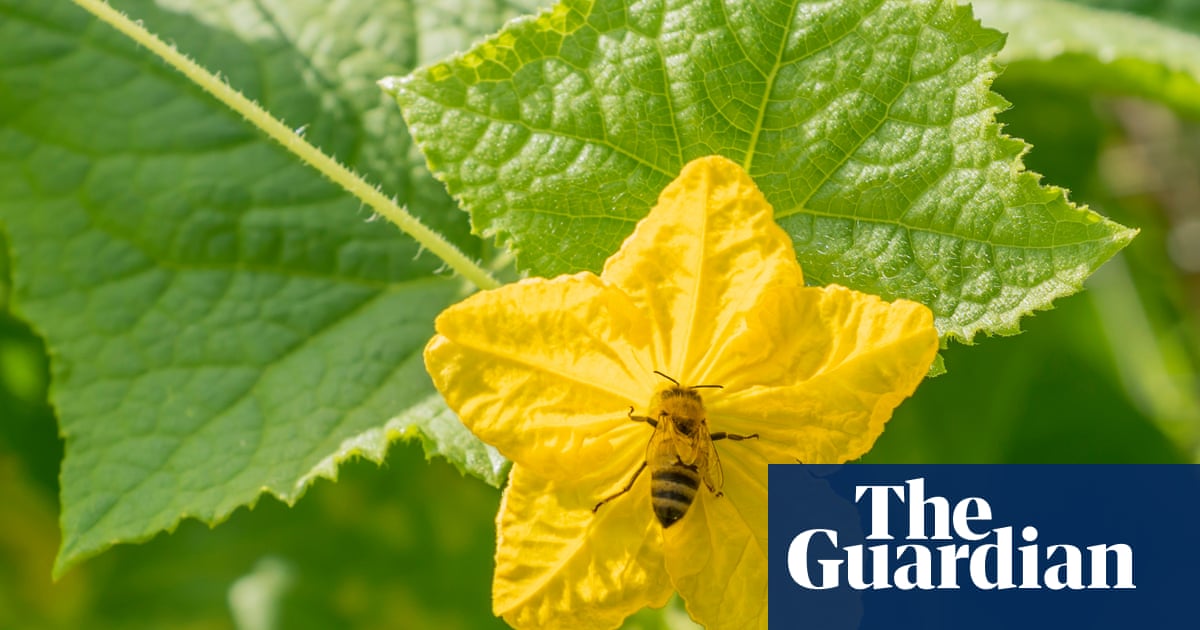
"Many plants need a pollinator like bees or butterflies, but hermaphrodite plants can self-pollinate or thrive better with help from others in proximity."
"Pollination is the reproductive process where pollen from the stamen travels to the stigma, creating fertilization necessary for fruit development in various crops."
"Understanding whether your crops are hermaphrodite, monoecious, or dioecious is crucial; it impacts their pollination needs and potential for a successful harvest."
"Examples of monoecious plants include cucumbers and courgettes, recognizable by their distinctive flowers; this differentiation is vital for growers to facilitate pollination."
Pollination is crucial for fruit-bearing plants, involving the transfer of pollen for fertilization. Plants are categorized by their pollination needs: hermaphrodite (like tomatoes), monoecious (like cucumbers), and dioecious (like kiwis). While hermaphrodite plants can self-pollinate, they're often more fruitful with nearby companions. Monoecious plants produce separate flowers for pollen and fruit, requiring external pollinators. Dioecious plants have distinct male and female plants, limiting their prevalence among edible species. Familiarity with these types helps growers understand their plants' needs and enhance their harvests effectively.
Read at www.theguardian.com
Unable to calculate read time
Collection
[
|
...
]